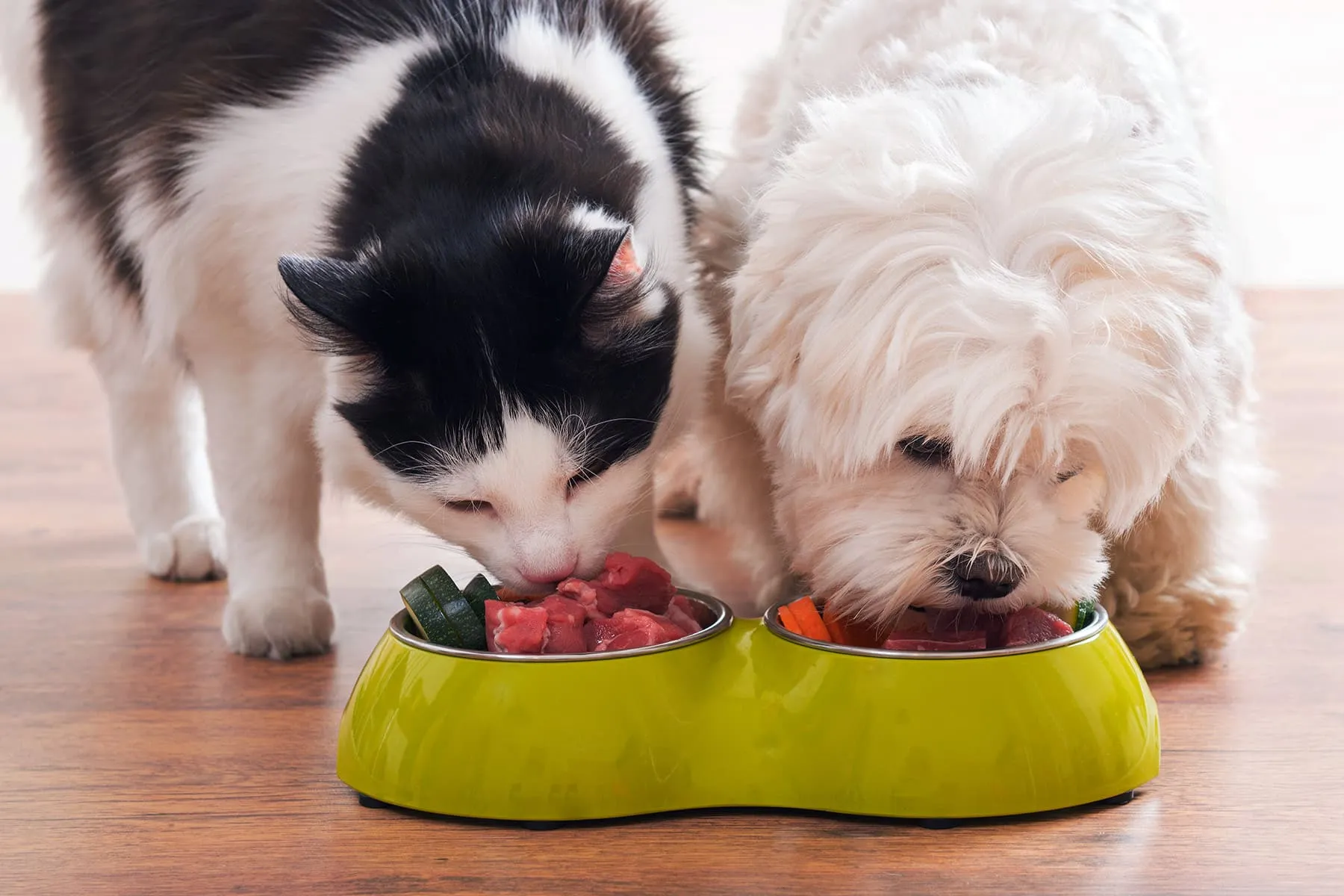March 29, 2023 – If your little one has been begging for a furry friend, there may be another reason to give in.
New research shows that exposure to indoor cats and dogs in utero or early infancy leads to fewer cases of food allergies as the child grows. Over 65,000 children were tested. and 22% who were exposed to pets had fewer food allergies than those who were not tested, according to the findings published Tuesday in the journal PLOS One. The study was done in Japan.
Children exposed to indoor cats were less likely to have soybean, wheat, and egg allergies. When exposed to dogs, children were less likely to have nut, egg, and milk allergies. Surprisingly, children who were exposed to hamsters were 0.9% more likely to have nut allergies.
“Studies asking these kinds of questions are really important because they have a lot of relevance to real life, and this one included many kids,” said Joyce Yu, MD, a pediatric allergist and immunologist at New York-Presbyterian/Columbia University Irving Medical Center. Yu was not involved in the new study.
We know Americans love our pets. Around 25% of American households (about 32 million) have a cat, and dogs are found in a whopping 48 million Americans households, according to U.S. pet ownership statistics.
We asked allergists and immunologists the science behind why having pets leads to fewer food allergies.
The ‘Hygiene Hypothesis’
The findings can be attributed to “the hygiene hypothesis,” spearheaded in 1989 by British epidemiologist David Strachan, the experts say. This hypothesis says that being around indoor pets in utero or early infancy can lead to fewer cases of allergies as a child grows, said Sebastian Lighvani, MD, an allergist at Lenox Hill Hospital in New York City.
“The exposure to pets in utero or during early infancy alters the microbiome of the infants and the mother in a positive way, which then promotes immune tolerance to allergens rather than development of sensitization of food allergies,” Lighvani said.
Past studies found that children who grew up on a farm had fewer instances of allergies than those in urban areas. Therefore, children who grow up in a “hygienic” environment with less exposure to pets can be at a higher risk of having allergies during adulthood, said Juris A. Grasis, PhD, an assistant professor at the School of Natural Sciences at the University of California, Merced.
Pets and Allergens in the U.S.
Some allergists say that it is highly likely that the results can be mirrored in the U.S. The number of allergy cases in the U.S. has skyrocketed over the years. About 20 million Americans have food allergies, according to the Asthma and Allergy Foundation of America.
Lighvani credits the increase to changes to a process called epigenetics. This is when the genetic makeup you inherit from your parents is turned on by environmental exposure. The genes get methylated – which is when a gene is adjusted, mostly during early childhood – leading to allergic genes.
As an example, Lighvani used the rise in peanut allergies in children’s classrooms. “If you ask who has peanut allergies, over half the kids might raise their hands because there is such a high prevalence of it in such a short period of time – 20, 30, 40 epigenetic years,” he said.
Some experts are skeptical that the U.S. would have similar results as the PLOS One study. The U.S. varies greatly in population size and region, which can make things tricky. “The East Coast is different from the Midwest in terms of how our pets live with us,” said Yu
Say Yes to Pets
For pet lovers – or those who are “pet curious” – the Japan study is extremely encouraging, said Grasis. The best part: You don’t need to live on a farm or in a rural area to get these health benefits. Having your pet share indoor space with your infant will do just fine.
“Simply sharing the indoor habitat with a cat or dog as a child gives benefits that can reduce food allergies as an adult,” he said.
https://img.webmd.com/vim/live/webmd/consumer_assets/site_images/article_thumbnails/other/your_pets_nutrition_needs_other/1800x1200_your_pets_nutrition_needs_other.jpg
2023-03-29 21:10:17





